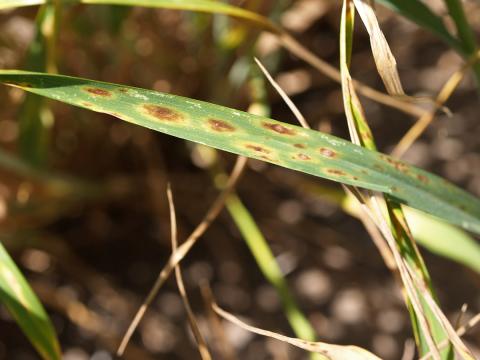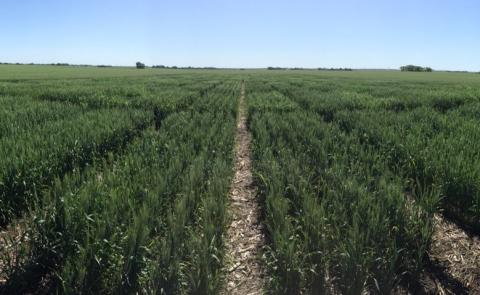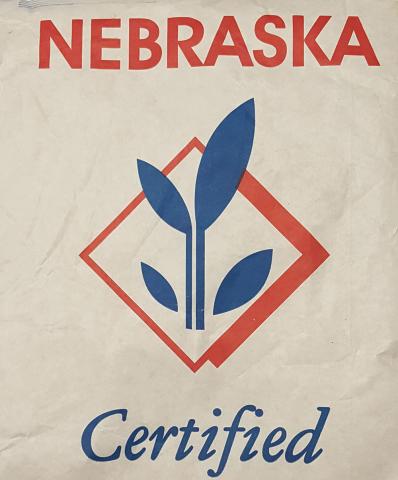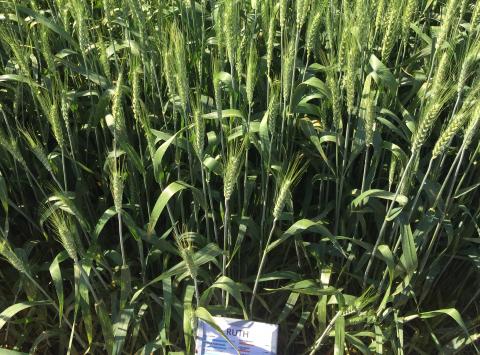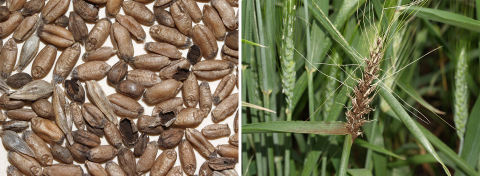After-harvest Wheat Disease Management Strategies for Reducing Losses in 2024
July 13, 2023
Strategies that can be used between now and planting winter wheat this fall to minimize losses due to diseases during next year’s growing season.
UNL Researchers Debut New Interactive Wheat Variety App
November 16, 2021
The new Wheat Variety App brings interactivity to UNL's annual variety testing results, enabling viewers to filter the data and build a custom, printable report — all in one easy-to-use online tool.
Winter Wheat Varieties With an East and South Central Nebraska Fit
September 1, 2020
Variety selection and disease management in this higher rainfall region of Nebraska are the two most important management factors driving yield.
Making the Case for Certified Wheat Seed
August 30, 2017
Planting certified wheat seed offers a number of advantages, often including the most recent genetics and higher yield and quality, over bin-run seed. And, when hidden costs are includes, costs for the two options can be similar.
Top Performers by Region in 2017 Wheat Trials
August 28, 2017
The winter wheat varieties Ruth and WB-Grain were consistent top-field performers across all rainfed regions in the 2017 variety trials. Other varieties performed particularly well in individual regions. View top performers from each area and learn more about Ruth, a new variety.
The Importance of Certified, Fungicide-Treated Wheat Seed
July 31, 2017
Planting clean, certified, fungicide-treated wheat seed is one of the first steps in assuring top yields from your 2018 wheat crop. Another is selecting resistant varieties, where available. Together these practices can help you more effectively manage seed-transmitted diseases of wheat.
